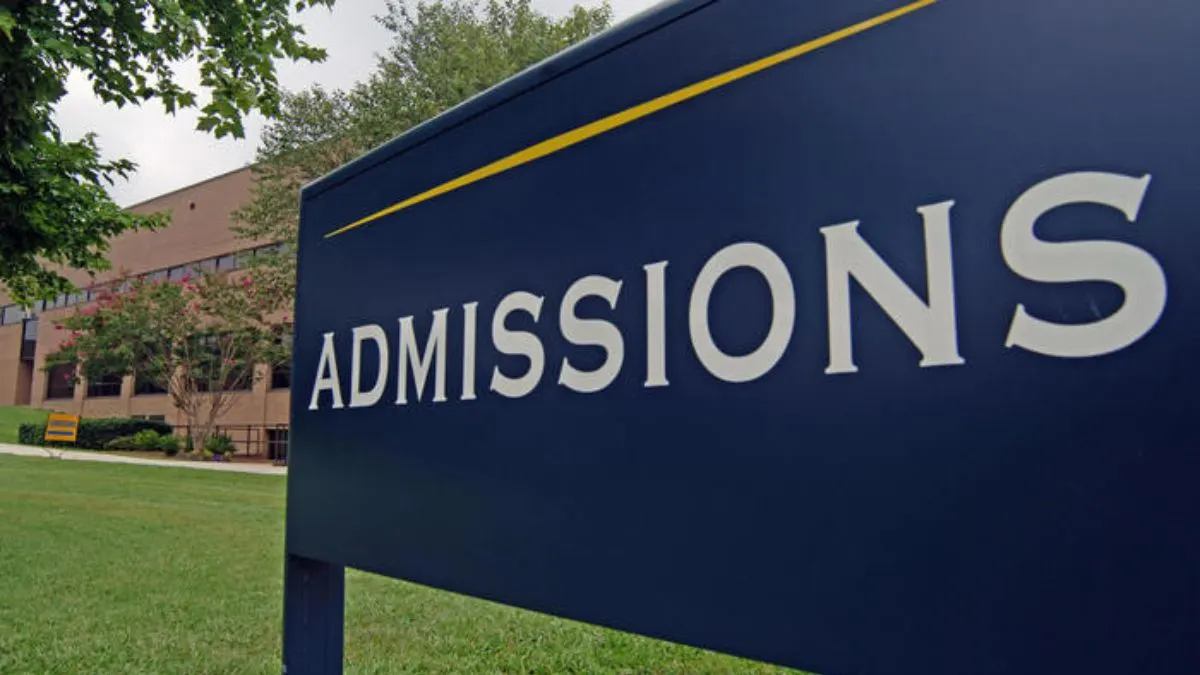Teach Effectively in School Being a teacher is a complex job that calls for a combination of enthusiasm, expertise, and abilities.
Teachers need to use effective teaching tactics that accommodate a variety of learning styles and create a good learning environment to motivate and educate their students.
We’ll go over important teaching strategies and tactics in this guide to help you give your students an engaging and memorable learning experience.
Overview of How to Teach Effectively in School
1. Recognize Your Students
Each pupil learns differently. While some people learn best through pictures and diagrams, others may be aural learners who gain more from discussion and listening.
Use a range of instructional strategies to account for these variations. Engage all kinds of learners by using engaging discussions, practical exercises, and visual aids.
Prior to teaching new material, find out what your students already know about the topic. Informal evaluation methods, such as talks or quizzes, can help achieve this.
Knowing what your students already know will enable you to adjust your instruction to fill in knowledge gaps and expand on what they already know.
2. Establish an All-Inclusive Educational Setting
Effective learning requires a happy classroom atmosphere. Establish unambiguous guidelines and standards that uphold inclusivity and respect.
Promote candid communication and make sure each student feels appreciated and heard. To keep the classroom a safe place for all students, deal with bullying and discrimination as soon as you witness it.
Because students have various backgrounds and skill sets, it is imperative to differentiate education. Give pupils a variety of options for accessing the material and expressing their comprehension.
This could be providing different forms for assignments, adding more resources for more experienced students, or changing assignments for individuals who require more assistance.
3. Create Interesting Courses
Planning lessons effectively starts with defining specific, attainable goals. Clearly state the lesson’s objectives for your students to understand, and make sure that all of the activities and evaluations lead toward achieving these objectives.
This emphasis guarantees that students comprehend the goal of their learning and aids in maintaining direction.
Students participate in the learning process through active learning, which increases its effectiveness and interactivity. Group projects, discussions, role-playing, and problem-solving exercises are some of the tactics that help students apply their knowledge and develop their critical thinking skills.
These techniques also support the growth of teamwork and communication abilities.
When used properly, technology can be a very useful tool in the classroom.
To improve your instruction, use interactive whiteboards, instructional apps, and internet resources. Make sure that technology enhances rather than detracts from your lesson objectives.
4. Put Into Practice Good Classroom Management
A well-run classroom is necessary for efficient instruction. Establish clear guidelines and processes early on, then regularly follow them.
This makes the classroom more structured and helps the pupils understand appropriate behavior and expectations.
Developing trusting bonds with your pupils promotes cooperation and respect for one another. Spend time getting to know your pupils, be genuinely interested in their lives, and have a friendly demeanor.
Enhanced motivation and engagement can result from a good rapport between educators and learners.
Deal with behavioral issues in a fair and timely manner. Use appropriate sanctions for breaking the rules, and use positive reinforcement to reward good behavior.
To effectively handle behavioral issues, steer clear of punitive approaches and instead concentrate on comprehending the underlying causes of the issues.
5. Evaluate and Modify
Ongoing evaluations known as formative assessments are used to track students’ development and comprehension.
Strategies like exit tickets, quizzes, and peer evaluations offer insightful feedback that can improve your instruction. Utilize this feedback to modify your lessons and meet the needs of your pupils.
Consider your teaching methods often in order to pinpoint areas that need work. Get input from coworkers, watch other educators in action, and go over student performance information.
This reflection aids in your strategy adaptation and ongoing professional development as an instructor.
6. Promote a Growth Perspective
A growth mindset, or the conviction that aptitude and intelligence can be enhanced with hard work, is essential for academic achievement in students.
Motivate your pupils to take on new challenges, grow from their errors, and persevere in the face of adversity. Honor their efforts and advancements instead of concentrating only on results.
Setting a good example for your pupils by being a lifelong learner yourself is something that teachers should do. Talk about your own educational experiences, look for possibilities for professional growth, and show that you are passionate about learning.
Students are motivated to respect education and pursue ongoing development by this mindset.
7. Work together with parents and coworkers
Working together with colleagues can assist and improve your teaching methods.
Engage in professional learning forums, exchange tools and tactics, and consult seasoned instructors for guidance. This partnership creates a culture of continual improvement and a network of support.
A parent’s involvement in their child’s education is vital. Create a dialogue with parents by sending out newsletters, parent-teacher conferences, and frequent updates. Encourage them to participate in school activities and offer advice on how to help their child learn at home.
8. Remain Prepared and Organized
Time management skills are essential for a successful teaching career. Make a calendar for grading and administrative work, plan your classes ahead of time, and set aside time for professional development.
Maintaining organization lowers stress and aids in attention.
Making sure you’ve prepared thoroughly will guarantee that your classes go well and accomplish your goals.
Assemble all required supplies, configure any necessary technology, and prepare for any obstacles that may arise. You can present lessons that are both interesting and productive if you are well-prepared.
9. Welcome Originality and Ingenuity
Teaching is made interesting and engaging by innovation. Try out novel teaching techniques like gaming, project-based learning, and flipped classrooms.
Adopt innovative strategies that pique students’ curiosity and make studying pleasurable.
Encouraging creativity in students aids in their ability to think creatively and solve problems.
Give pupils the chance to communicate their ideas through innovative assignments, projects, and presentations. Encourage them to pursue their hobbies and lend support to their artistic endeavors.
10. Make self-care a priority
10.1 Control Stress Since teaching can be a demanding profession, it’s critical to successfully control stress. Establish boundaries, take up hobbies, and ask for help from counselors or coworkers to practice self-care. Maintaining your health allows you to continue being an enthusiastic and productive teacher.
10.2 Pursue Professional Growth
Continual professional development improves your teaching abilities and keeps you up-to-date with educational trends.
To increase your knowledge and enhance your practice, take online classes, attend workshops, and pursue advanced degrees.
In conclusion
Being a teacher is a fulfilling but demanding job that calls for excellent classroom management techniques, well-thought-out lesson plans, and a thorough understanding of your pupils.
You may provide your pupils with an engaging and powerful learning experience by fostering an inclusive environment, utilizing a variety of teaching techniques, and regularly reviewing and refining your methods.
Keep in mind that the core of teaching is helping students realize their own potential. You may have a big impact on their life if you put in the necessary effort and adopt the appropriate teaching style.




One Comment on “How to Teach Effectively in School”